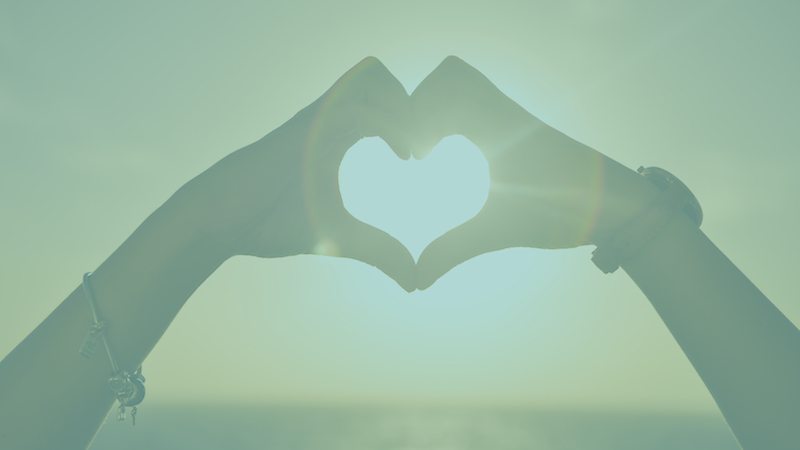What is Love
Episode #1 of the course Attraction science by Jake Teeny
Have you ever wished that love potions were real? That you could go down to your local corner store, look to the left of the Tylenol and find a bottle that says “Loveable®: Taking the ‘un’ out of unrequited.”
I imagine these would require a prescription.
Although this class won’t teach you how to exactly brew one of those pink, smoky potions, I will describe some of the ingredients that go into the formula. But before we start on the recipe, we should first have a better idea of what we’re actually making.
That is, what is love?
To the ancient Greeks, love consisted of many categories. The most common ones were eros (passionate love), philia (parental love), and agape (God’s love for mankind). In modern psychology, however, love is classified into four subtypes:
Companionate love: the love between friends, one of intimacy and commitment
Romantic love: all-consuming sexual arousal, paired with comfort and security
Fatuous love: sexual attraction and commitment to the other, without emotional closeness
Consummate love: the love that contains intimacy, passion, and commitment; this is the love we strive for in romantic relationships
But if we expand our analysis of love—turning from our conscious experience of it to how it emerged in our evolutionary history—we can gain even further insight into what this magical emotion really is.
In the early 1990s, researchers were studying prairie voles, when they discovered a very important neuropeptide involved in their social and romantic behaviors: oxytocin. For example, the monogamous voles had oxytocin receptors throughout their brain, whereas the polygamous voles had only a small, localized region of them.
In humans, oxytocin receptors are replete in our brains, with study after study showing that this neuropeptide is involved with many of our own social and romantic behaviors—along with a host of other neurochemicals, like dopamine and serotonin.
During human evolution, our brains grew to reward us for forming social groups (as this improved survival) and becoming romantically involved (in order to spread on our genes). For example, just as food brings us pleasure when we eat it (to encourage that we do it), so do our brains release these “feel-good” neurochemicals to encourage socializing behaviors.
But it’s not just that we feel better when we have social relationships; we also don’t do so hot when we’re alone, either. Thus, psychologists today have described our inclination for social connection as the need to belong: our innate desire to form and maintain strong and stable interpersonal relationships.
For example, divorced, single, and widowed individuals (compared to married individuals) have a significantly increased chance for heart attacks, tuberculosis, and even cancer. From this perspective, the crazy things we do for love may seem slightly more rational.
But whatever love exactly is or results from, we cannot definitively say. So although I can’t tell you the exact consequences of ingesting this “love potion,” I can at least promise that it will taste good going down.
Love on the Brain? Ever wondered if “love at first sight” is real? See what science has to say.
Recommended book:
“Eat, Pray, Love” by Elizabeth Gilbert
Share with friends

